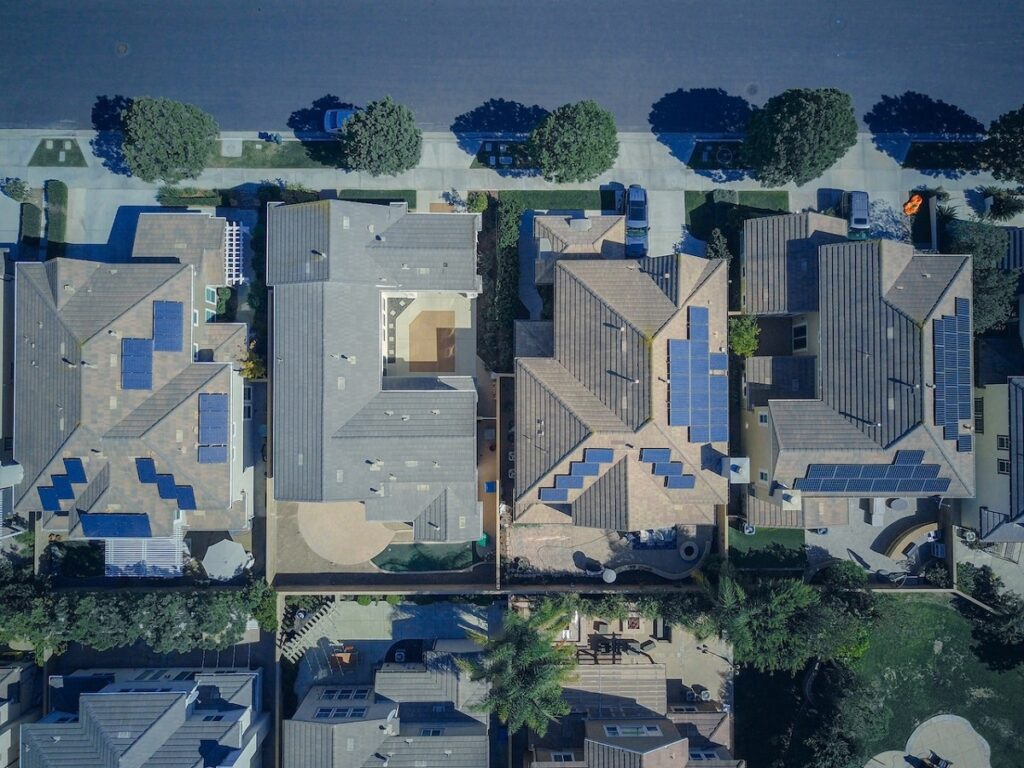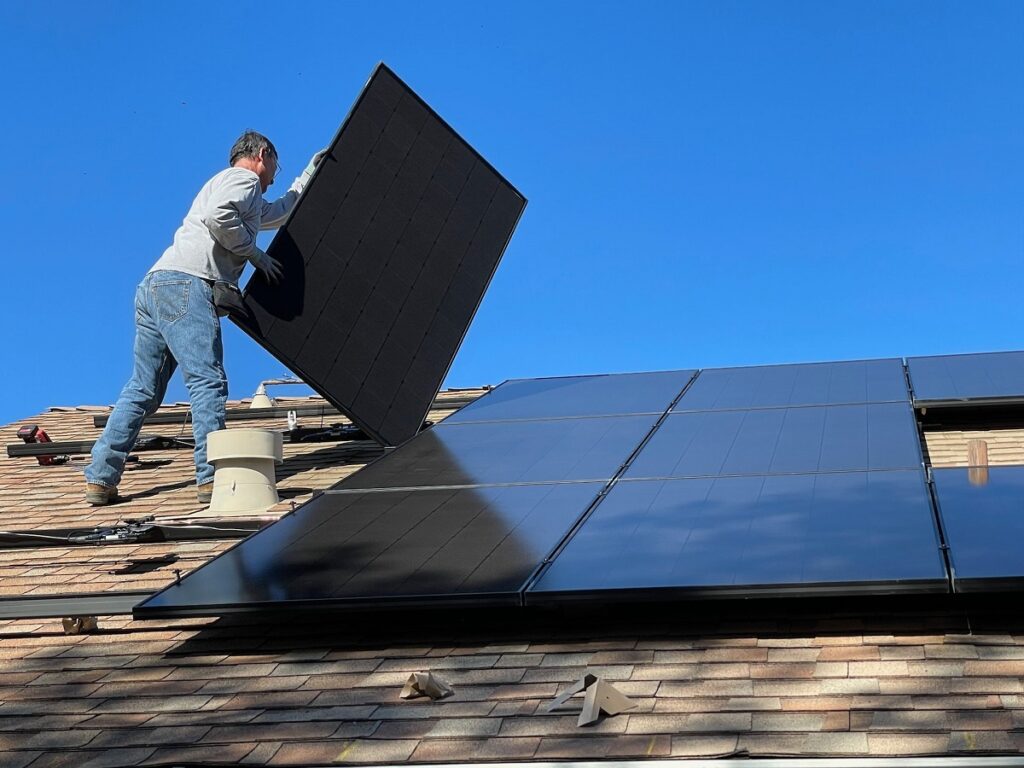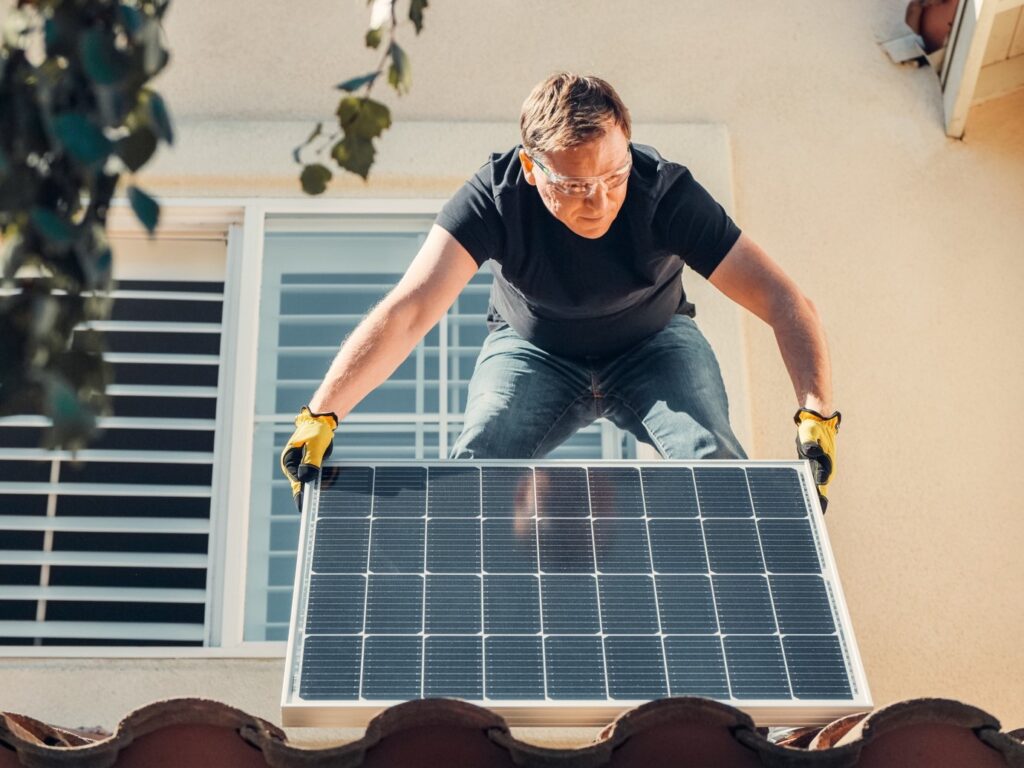More than 80% of Australians are concerned about household electricity prices new research shows. The findings follow the launch of a federal government inquiry into retail electricity prices.
Worrying electricity prices
With the Australian energy market operator advising that costs won’t be reduced any time soon, it’s a good time to consider switching to solar energy for home and/or business.
Electricity prices have risen by 60-90 per cent above inflation, while at the same time the prices of solar has dropped, allowing homeowners to use their roofs to harvest cheap renewable energy, and reduce their dependence on the grid.
The biggest hurdles for most people are cost, rented premises or access to roof space.
Cost
For some, the upfront cost has been prohibitive and therefore consumers have had no option but to continue to be at the mercy of the power companies as prices are set to rise from between 15-20% on January 1, 2018.
Renting
Currently there are no incentives for residential renters to install solar panels. It’s a substantial outlay when we can’t take the panels with us and with the tendency to have a maximum of only 2 years on a lease agreement; it’s not a viable option for the short term.
Added to that, there aren’t any incentives for landlords to install panels because landlords are not paying for the electricity and so get no return.
Home ownership affordability is increasingly out of a lot of Australians reach and rental property demands are increasing. So at a time when we are seeing more clearly that we need to live a more environmentally sustainable life, we don’t have the choice of using green power if we rent.
What’s the solution? One option that has been talked about is a system similar to how water consumption is charged with the tenant paying for any excess (at the premium rate that electricity companies charge for electricity over a certain amount if all the solar-generated power has been used). Under present tenancy law, landlords may provide a base water amount and the tenants pay the excess. So why not adopt the same for solar power?
Roof Space
According to research by One Step Off the Grid, almost 1.7M Australian’s living in either rented or apartment households have no access to solar power. This is not going to be an easy fix, as even if the body corporate approved the installation of solar panels on the roof of the building, it is doubtful that there is enough roof space to install the number of panels required to make a difference to the energy bills of the buildings residents.
Payment Plans
Payment plans are now available for 100% of the solar installation, which will make solar power a real possibility for homeowners and property investors. With payments spread over 5 years, the system is very affordable and will only be a slight increase on what consumers are currently paying per month for retail energy. However, at the end of the 5-year payment arrangement, you will see a huge reduction in your energy bill, and in some cases you won’t receive a bill from the retailer.
Solar Income
Include a storage battery with your solar system and you then not only will you have no retail provider bills, but any unused power generated by your system can be sold back to the grid (credits) for 11.3 cents per kw in Victoria.


